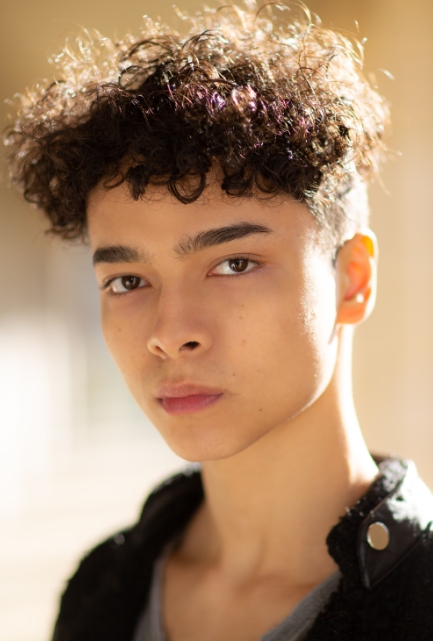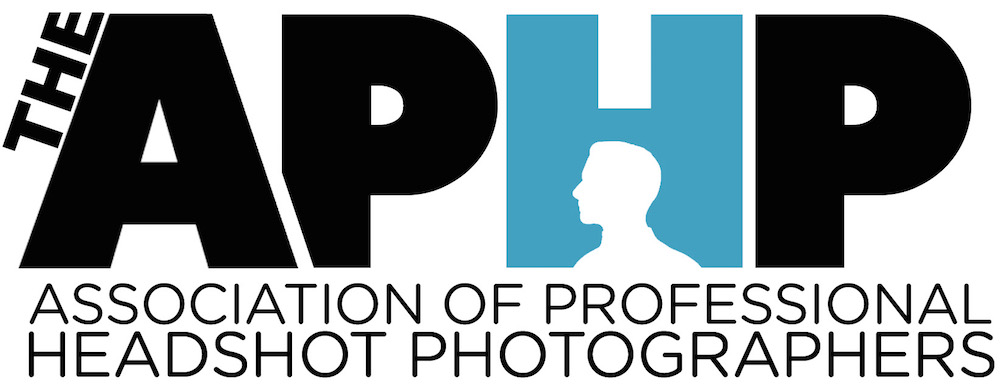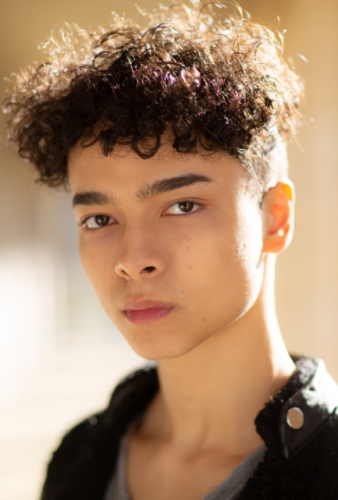
During a shoot, you shouldn't underestimate how crucial your eyes can be to the whole look and ‘vibe’ of your headshots. Even what may feel like the most subtle adjustments to your gaze can make a surprisingly great difference to what the viewer of your headshot sees and feels.
"Where should I look?"
This is probably the most common question I am asked when I am about to start taking headshots. The answer is not complex; for your own shoot, you should simply look right down the barrel of the lens and through to the back of the camera.
A lens, in close-up, can reveal the subject's inner life. The headshot's viewer will recognise this "reveal" as a secret moment of truth shared between the subject and the photographer; this can compel a casting director or agent to want to meet that person and learn more about them.
I treat each of my headshots as a "close-up". I want the actor to be in not a state of stasis, but instead an emotional or psychological movement. My aim is to give the sense that something has just happened - or is about to happen - the split second the shutter is released.
Eye contact means close contact
Your eyes can highly influence the quality of your headshots because, as humans, we are easily affected by eye contact. We are very aware, for instance, of the absence of eye contact, such as when someone to whom we are speaking is looking around or into the middle distance.
However, there can be a strong human response to genuine, direct eye contact. In a film or television close-up, the actor's eye-line is just left or right of the camera, where their fellow player is delivering lines to them. I want this kind of specificity in each of my headshots.
In a headshot, I want the subject to be connecting and responding directly to one specific individual - except, in this case, with the image's viewer. So by looking down the lens, the subject can make the viewer their fellow player and co-conspirator.
Find more great advice from Steve Lawton and view his gallery on his website.


